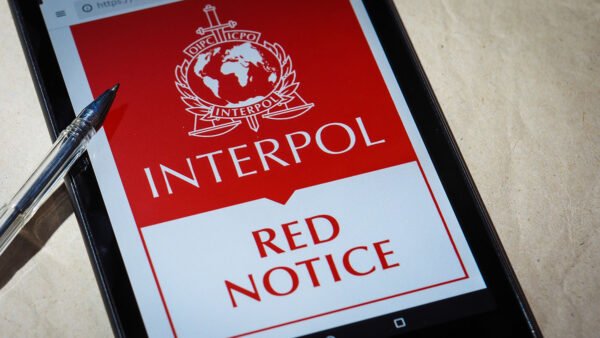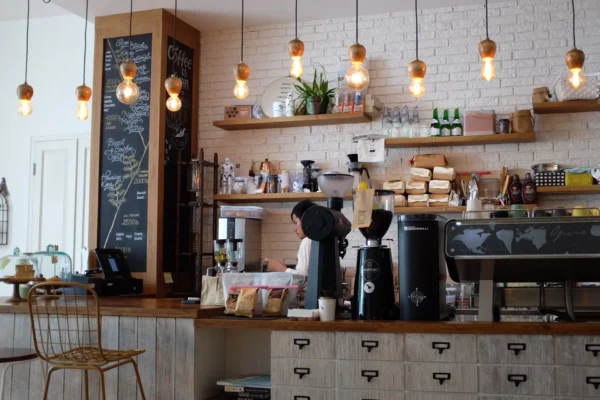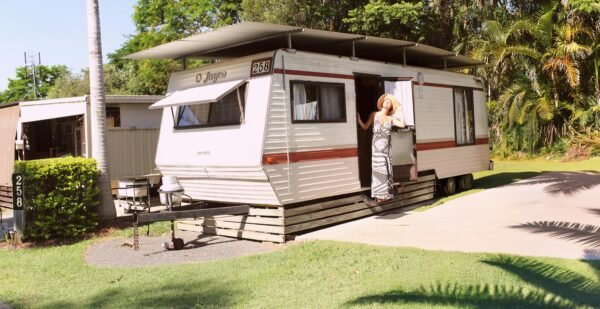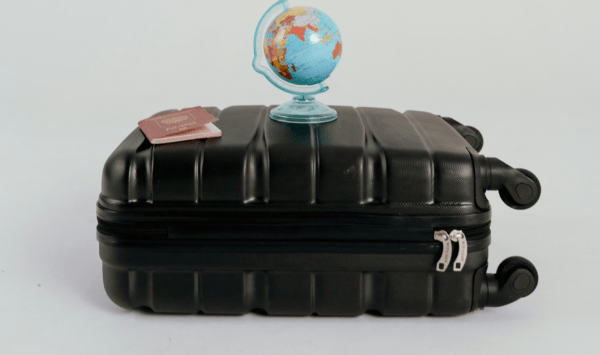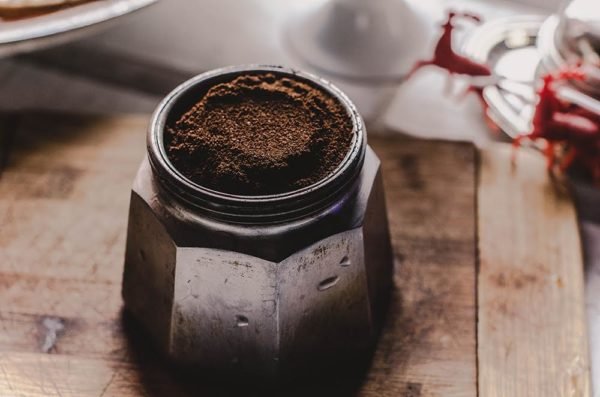
5 Cardinal Rules For Proper Coffee Storage

Coffee is a sensitive product, but that’s nothing compared to the sensitivities of a true coffee aficionado. If you love nothing better than the smell, taste and the whole ritual that goes with making really great fresh coffee, you’ll be wanting to know how to store it properly. And while you may think that this isn’t exactly rocket science, you’d be surprised how many people fail at the first hurdle and put their coffee in the fridge – a total no-no!
For correct storage, you must protect your coffee against its 4 main enemies: air, moisture, light and heat. Whether you worship your mid morning latte or can’t get through the day without regular espresso shots to perk you up, here are the 5 cardinal storage rules to help you keep your coffee fresh.
Rule Number 1: Buy little and often

Coffee beans start to lose their freshness soon after they’re roasted; its natural flavours and aromas all diminish with time. Ground coffee has more surface area than coffee beans, meaning it will lose its taste even more quickly.
Either buy your coffee freshly roasted or buy it packaged and sealed for optimal freshness straight after roasting. Valve sealed bags are best for preserving freshness since they let out any carbon dioxide released by the roasted coffee beans without letting any oxygen in.
The ‘freshness window’ for properly stored coffee is about 1 month for roasted coffee beans but only 1-2 weeks for ground coffee, so take heed. Don’t be tempted to buy coffee in bulk, however great the savings may be. Instead, buy just enough for your regular consumption – little and often is definitely the way to go.
Rule Number 2: Use an airtight container
One of the main enemies of coffee is oxygen. This means that once you’ve opened the packet and broken the seal, your coffee is no longer airtight and it will lose its flavour within a few days. Proper storage means keeping your coffee in an airtight container, while minimising the air space inside the container as much as you can.
It’s perfectly OK to use regular kitchen jars, plastic containers or coffee tins as long as they have a screw top or tightly fitting lid and there isn’t much air space in with the coffee.
Rule Number 3: Avoid excessive moisture
Coffee must be kept in dry storage, since moisture will speed up the deterioration process. Should you notice that your coffee has a sour taste and strange aroma, this is a sure fire sign of incorrect storage: your coffee has been exposed to too much moisture.
That’s why it is never a good idea to keep your coffee in the fridge or freezer. Jut opening and closing the fridge door may lead to condensation developing, which will damage the coffee. Granted, the risk of moisture problems are low if you’re only storing small quantities in airtight containers in your fridge or freezer, but it won’t help to extend your coffee’s lifespan.
Rule Number 4: Keep it in the dark

Finally, while coffee, especially beans, can look pretty when displayed in glass jars, this is another cardinal sin of coffee storage you may not be aware of. Light is also an enemy of fresh coffee. If you choose to keep your coffee in glass storage jars, make sure you put the jar in the cupboard away from light.
An opaque coffee container, on the other hand, are no problem. Keep it handy on the worktop near your coffee machine without having to worry about the light spoiling it.
Rule Number 5: Store away from heat sources
Keeping your coffee cool is an excellent idea, as long as you stay away from the fridge and freezer. Room temperature is perfectly fine but too much heat is not good for the coffee flavour as higher temperatures will accelerate its breakdown.
If you choose to keep your coffee container on a shelf or the kitchen worktop, make sure it’s not in full sunlight or near the hob or oven. The only time to expose your coffee to a high heat is when you start brewing a cup!




















